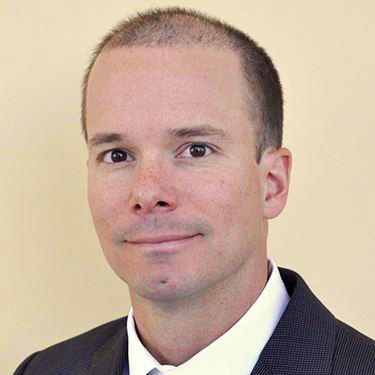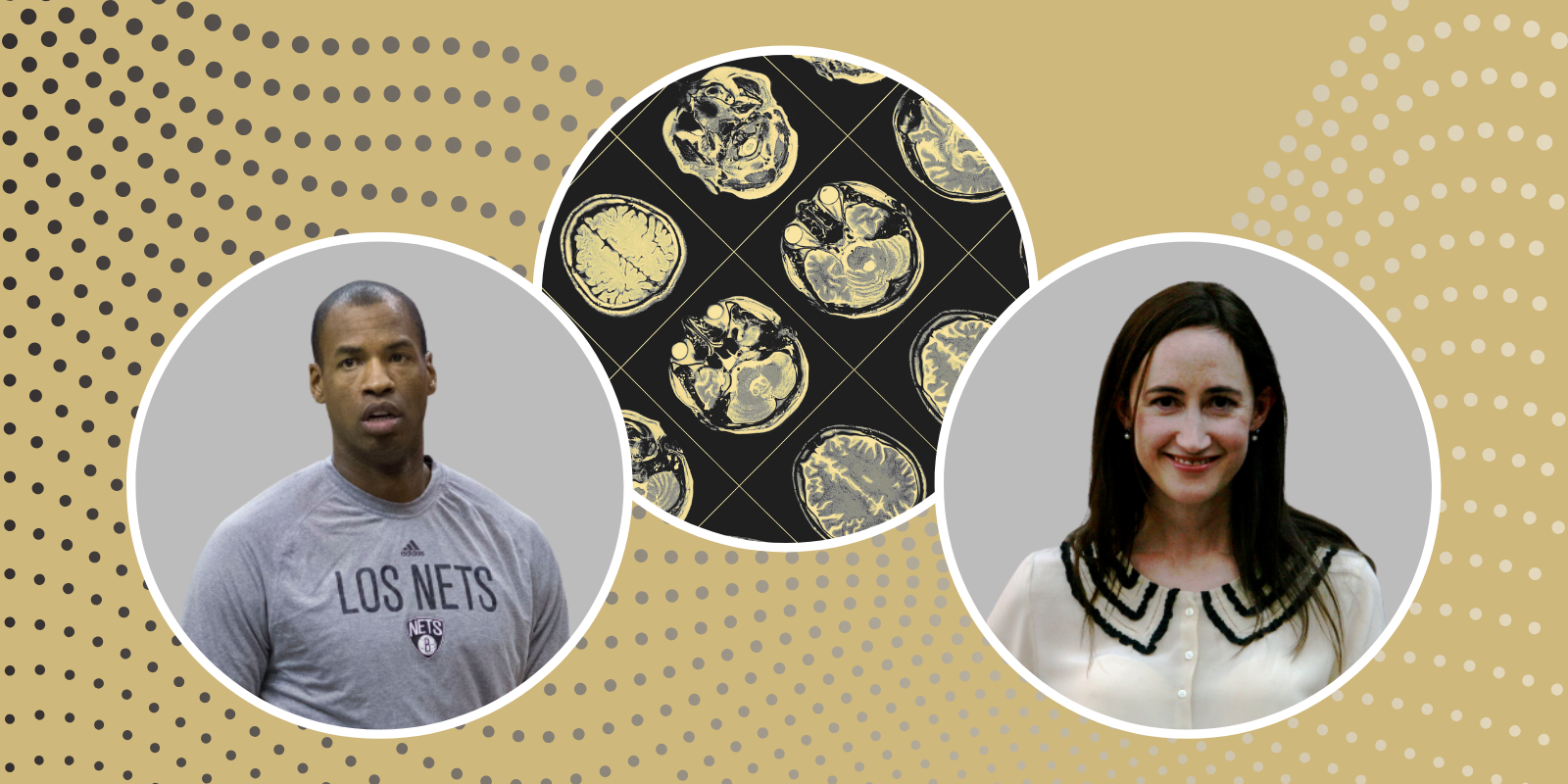Testicular cancer is a highly treatable cancer that isn’t always easy to talk about.
Though incidence of testicular cancer is low in comparison with other common cancers, it is one of the leading cancers in young men. The good news is that it’s a very treatable cancer whose five-year relative survival average for all stages is 95%.
Despite this, some young men may hesitate to mention concerns to their health care providers. This week is Testicular Cancer Awareness Week, a time to emphasize the importance of early detection and of speaking up about anything that doesn’t seem or feel right.
Paul Maroni, MD, an associate professor of surgery in the University of Colorado School of Medicine, says that early detection of testicular cancer is vital and clinicians much prefer that a patient mention a concern and it turns out to be benign than a meaningful cancer progresses in silence.
Maroni also discussed who is at risk and what signs to watch for with testicular cancer.





